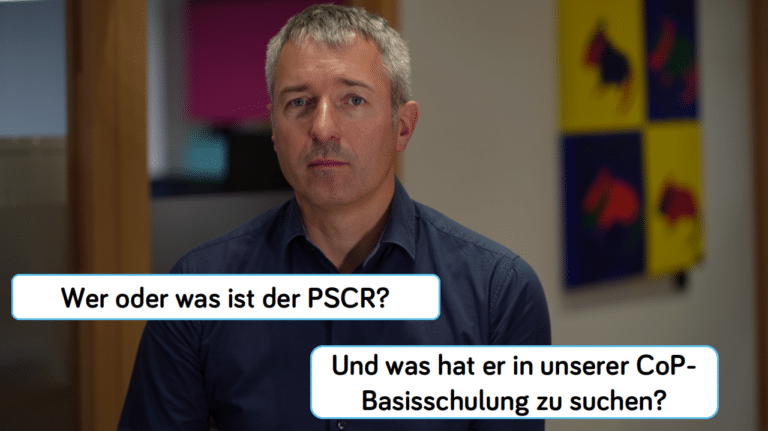The struggle through the jungle of shortcuts
After explaining the abbreviations SoP, EoP and CoP in another post and how they relate to each other, I would like to take up the suggestion of a reader of my summaries of the posts on LinkedIn today. He expressed the wish to explain further terms briefly and concisely. Whereby I would like to defer the abbreviations suggested there for the next post. Today I will first clarify 3 abbreviations (IUC, ISC, IUPR), which are thematically closer to the last contribution with “CoP”.
What is IUC? What is ISC?
I would like to start with “IUC”, which is often also used as “ISC”.
IUC is the abbreviation for In-Use-Compliance, ISC for In-Service-Compliance. Behind these two abbreviations is the legal requirement to inspect vehicles that are already in use. The focus is on demonstrating compliance with the limit values for the individual exhaust gas components to the approval authority.
At this point, a brief note that other emission factors and other assessment methods are used for this than, for example, for exhaust gas CoP (DF, ki, EC – oh, other abbreviations) or the homologation of exhaust gas emissions. For IUC/ISC, only the ki factors are applied.
Since there are also different requirements for the different vehicle classes (M1- M3, N1- N3, and others), I would like to limit myself here to the vehicle class M1 (colloquially “passenger car” – again an abbreviation). However, the basic requirement does not apply to M1 alone, of course.
The requirement for IUC/ISC stems from the requirement for manufacturers to ensure the effectiveness of emission control devices over a high mileage period. For this purpose, the manufacturer, but also the authorities (or the technical services) themselves, use vehicles from customer use for a corresponding emission measurement. The number of vehicles to be measured is based on the number of vehicles of this (approved) type sold.
What is IUPR?
IUPR, written out as: In-Use-Performance-Ratio, describes the legal requirement to demonstrate the effectiveness of the monitoring functions of the engine control/exhaust aftertreatment system. For this purpose, OBD data of the vehicles already in use are recorded and evaluated. The objective is to obtain evidence that a certain number/rate of (ECU internal) diagnostic cycles have been successfully run and completed with a positive result.
What can we do for you?
Our know-how starts with the qualification of the employees of a company and ends with the possibility to take over complete task packages.
Talk to us, we will find the perfect solution: 0175 72 75 222.


